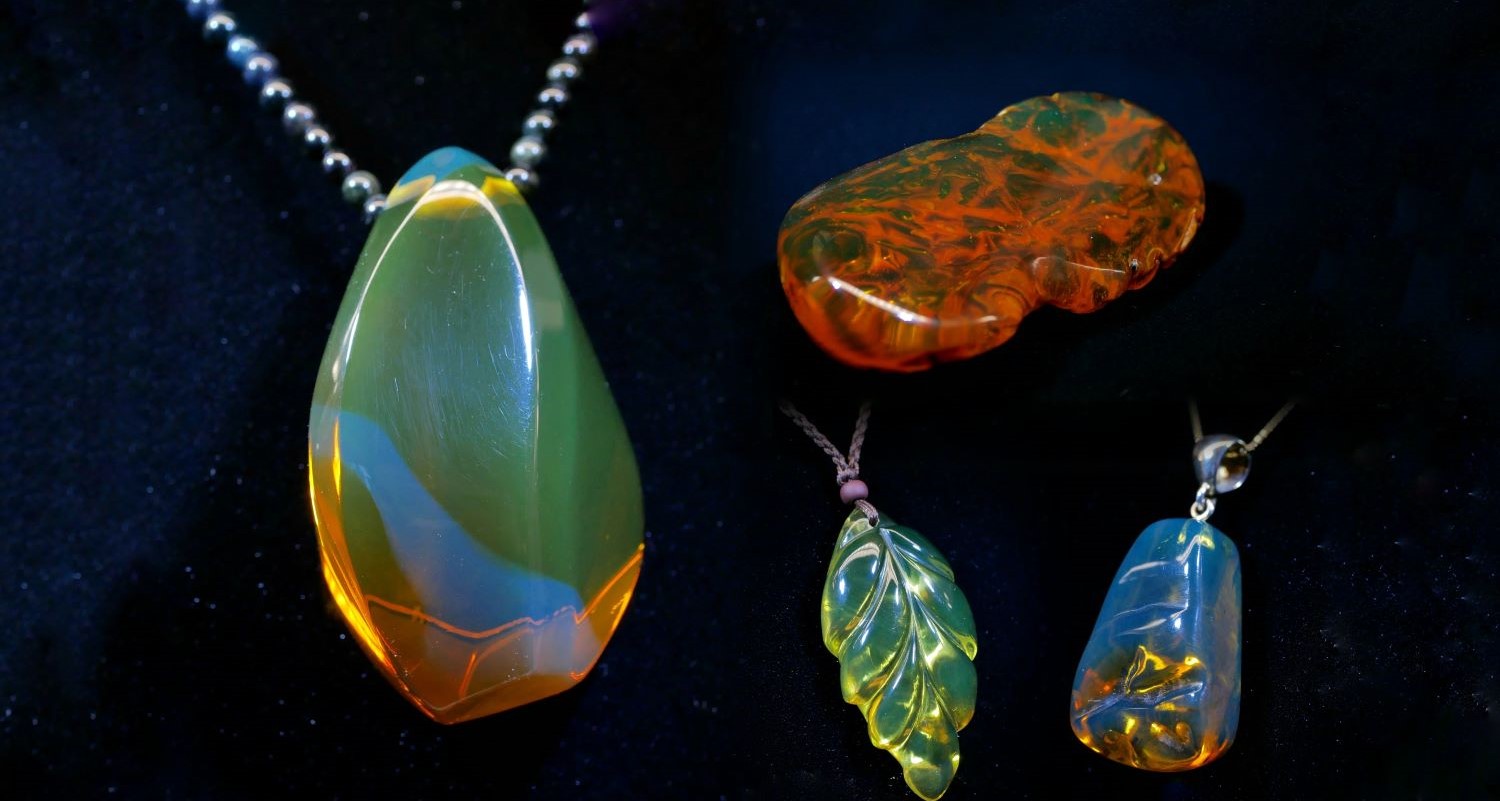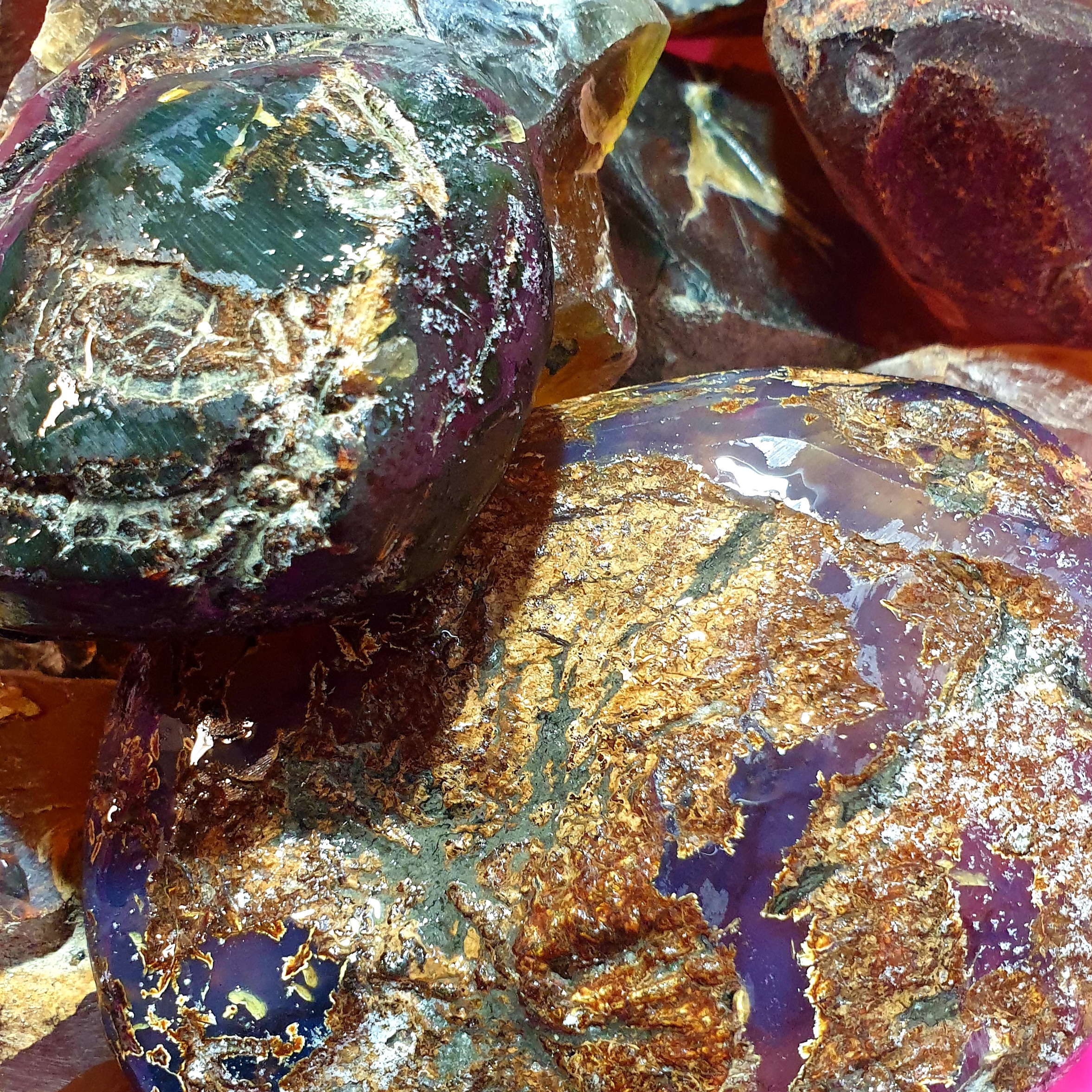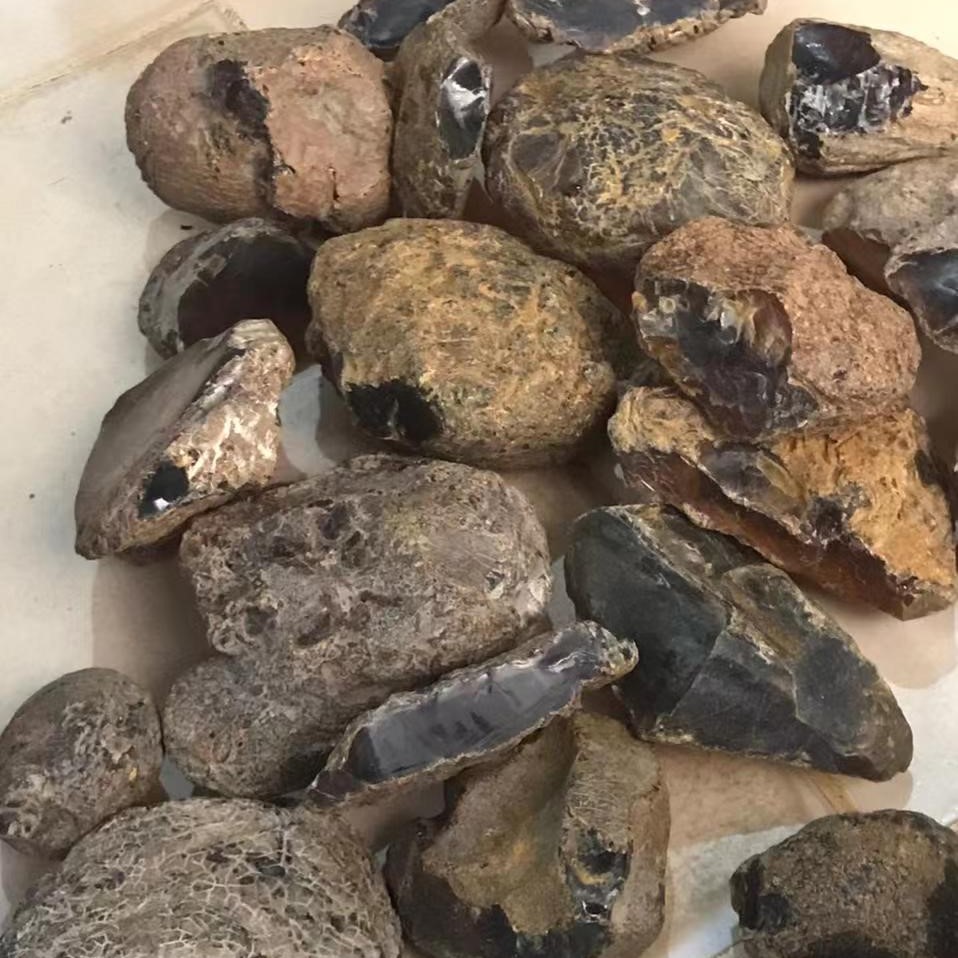Sand Beaches, Cofee, Rum and Amber

Sun-drenched sandy beaches, coffee, rum and cigars. That's probably the first thing that comes to your mind when you think of the Dominican Republic. But there is also another treasure hidden - the amber.
Christopher Columbus and amber
For centuries, the original natives of Taíno people have used amber as an ornament. When Christopher Columbus anchored off the coast of Hispaniola for the second time in 1493, he made a lucrative trade with them. He gave the chief of the tribe a necklace made of Baltic amber and in return received a pair of shoes decorated with local amber. He was captivated by the colour of the amber. He tried to convince the other conquistadors that the island held many treasures, not just gold. But the lustre of the gold was more appealing, and for the next four hundred years it became a major export. Meanwhile, amber was forgotten. It was not until the Baltic amber supplies began to run low in the 1950s that the Dominican government invested in training local craftsmen to work with amber. Around 1960, when the world began to discover Dominican amber, they were ready. The locals also started to mine more amber. By 1966, they mined just under 2,000 kg of amber a month. Compared to Baltic amber, this was a very low amount. However, considering how it was mined, it's not so small.

Photo: Raw green and blue amber from the Dominican Republic
In the 1960s, Dominican amber attracted mainly palaeontologists and scientists. Dominican amber has probably been the most widely found source of various fossils of insects, plants and other interesting inclusions, such as bird feathers, spider webs and bone fragments from 15 to 40 million years ago. The big boom in Dominican amber came after 1993, when Spielberg's Jurassic Park premiered. That's when prices skyrocketed, especially for amber with insect fossils.


Photo: Dominican amber preserves insect and plant species typical of tropical regions. Unlike the insects preserved in Baltic amber, the insects in Dominican amber tend to be relatively large.
Amber from Jurassic Park
Speaking of Jurassic Park, remember the opening scene? The one where the miners in the mine find a beautiful shining amber with a giant mosquito in the middle, with a nice big drop of dinosaur blood in its belly? Well, that scene was supposed to depict an amber mine in the Dominican Republic. A little stylized, and not exactly true to reality. Amber mines on this island look a little different. Even the raw amber underground doesn't look that clean. It's usually encased in a layer of clay, and a person who is not expert in amber would probably not be able to tell it from a regular rock at first glance. It takes experience. Only a small "window" is made in the stone, i.e. only a small area is polished through which you can see what the amber hides under the crust. You really need to have a lot of experience to be able to judge the quality of the stone, and its price accordingly...

Photo: Unworked rough green amber from the Dominican Republic
How Dominican amber is mined
But let's get back to amber mining in the Caribbean. Due to the specific geographic and geological conditions, amber in the Dominican Republic can only be mined more or less by hand. No professional mining equipment or mining trucks. It is mined in so-called 'foxholes' over 300 metres long or in wells about 20 metres deep. One can hardly stand up in these holes. The humidity is high, up to 100%, and the only light is candlelight. (This is more out of habit than lack of resources. The workers who dig the amber earn a fair amount of money by local standards). In the rainy season, mining is dangerous and, in fact, impossible. These are just a few reasons why only a small amount of amber is mined in the Dominican Republic each year. It is estimated to be only about three ten thousandths of the total amount of amber mined in the world.
Amber deposits in the Dominican Republic
Amber in the Dominican Republic is found mainly in the northern parts of the island in the Cordillera, Cot ui and east of Sabana. The largest amber market can be found in Santiago, which is outside the tourist areas. Many people tell us, they never came across amber while on holiday in the Dominican republic. Different types of amber are found in different parts of the island. The most important deposits are found in the areas of Los Caballeros, Los Cacaos, Palo Quemado and Loma el Penon. Some of the deposits contain mainly amber with insect fossils, while elsewhere there is mainly classic yellow amber without the fluorescence typical of green or blue amber. Some deposits are known for brownish-red amber, while others are known for amber with green or blue fluorescence, the so-called green and blue amber.
